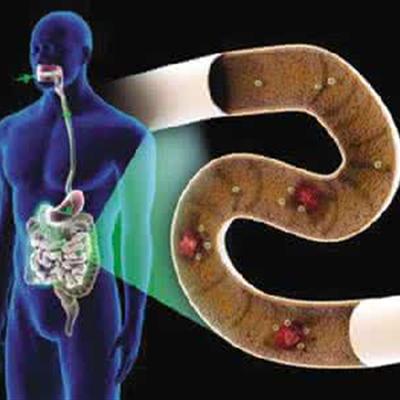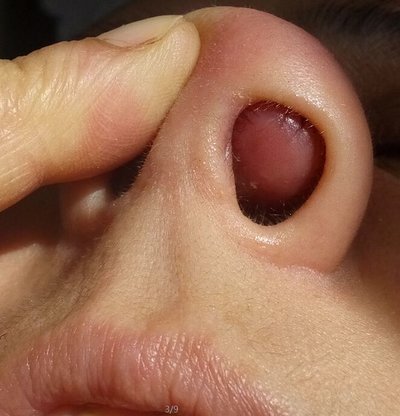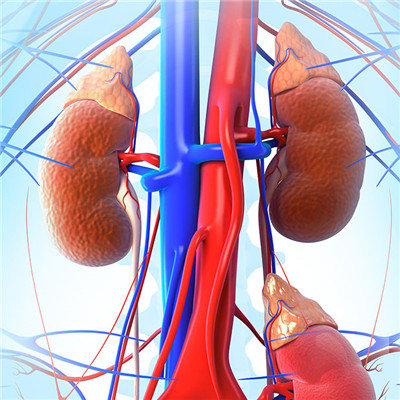How does interstitial nephritis check?
summary
Interstitial nephritis is different in every stage. And this kind of situation may lead to patients' physical problems, so how do we diagnose interstitial nephritis? Now let me talk to you about how to check interstitial nephritis?.
How does interstitial nephritis check?
First, urine examination: generally a small amount of low molecular weight proteinuria, urinary protein quantitative mostly in 0.5-1.5g/24h, rarely less than 2G / 24h; Urine sediment examination can have microscopic hematuria, white blood cells and tubular urine, occasionally eosinophils. Renal tubular dysfunction varies according to the location and degree of the involved tubules, including renal diabetes, renal tubular acidosis, hypotonic urine, Fanconi syndrome, etc.

Second: blood examination: some patients may have hypokalemia, hyponatremia, hypophosphatemia and hyperchloremic metabolic acidosis. Hematuric acid is usually normal or slightly elevated. The incidence of anemia in chronic interstitial nephritis is high and the degree is serious, which is often positive cell and positive pigment anemia. The proportion of eosinophils in peripheral blood of patients with acute interstitial nephritis is increased, which may be accompanied by increased IgE. Idiopathic interstitial nephritis may have anemia, increased eosinophils, rapid ESR, increased CRP and globulin.

Third: imaging examination: acute interstitial nephritis B ultrasound can show normal size or volume increase of kidney, cortical echo enhancement. B-ultrasound, radionuclide, CT and other imaging examinations of chronic interstitial nephritis usually show that both kidneys are shrunk and the contour of kidney is not smooth. Imaging examination can also help to determine some special causes, such as urinary tract obstruction, vesicoureteral reflux, renal cystic disease, etc. Intravenous urography (IVU) can show the characteristic signs of renal papillary necrosis in painkiller nephropathy.

matters needing attention
The total daily intake (including protein in staple food) should be less than 30-40g. High biological value and high quality protein such as milk and eggs should be used, and animal protein such as fish, meat and chicken should be properly adjusted to enhance appetite. When the patient's renal function is significantly decreased, do not limit sodium too much, in order to avoid the insufficiency of blood volume aggravating renal function decline and even azotemia.













